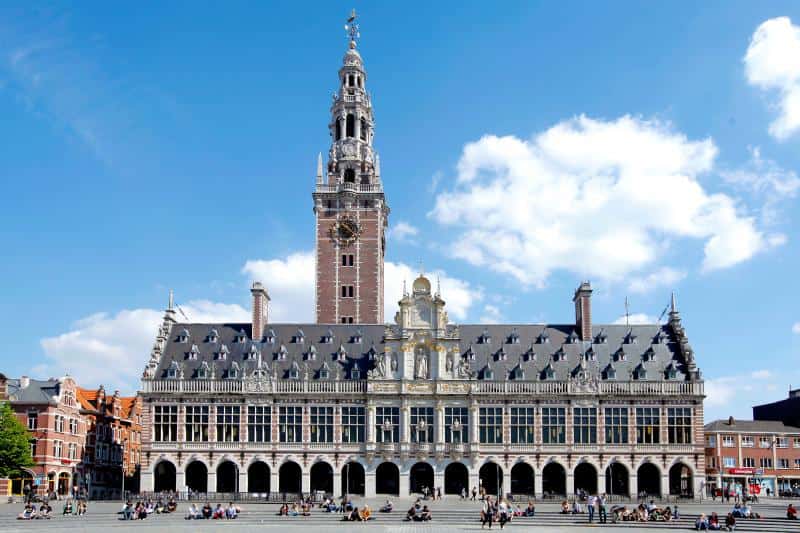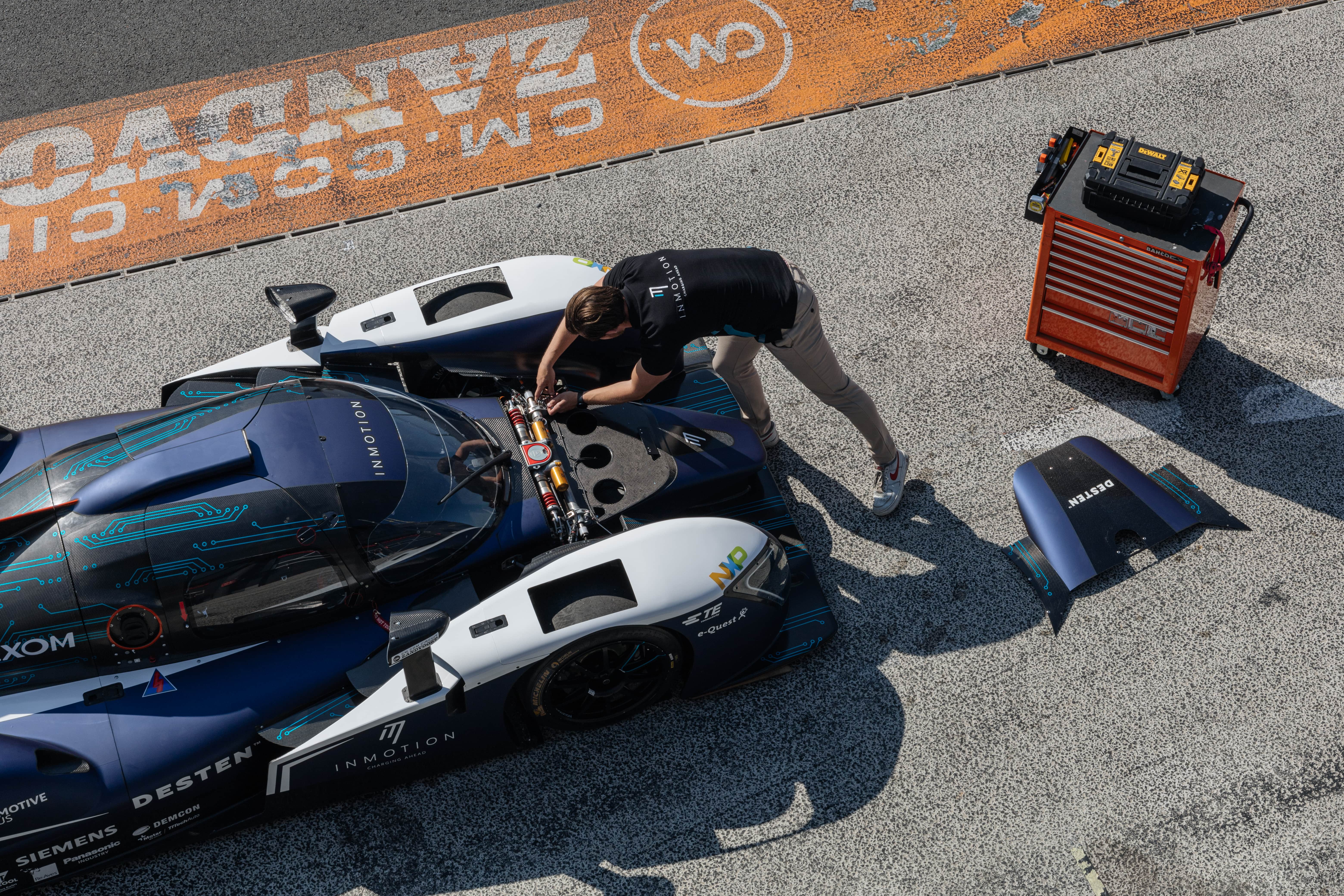
At one point back in the eighties of the last century, ammonia was the main villain in the environment. It was partly to blame for acid rain. Nowadays, scientists see it as a green energy source because you can make it easily and cheaply. Belgian scientists have developed a new method for the CO2-free production of ammonia.
Ammonia is a very important chemical building block. But it is also one of the main contributors to CO2 emissions. By combining two different technologies, scientists at KU Leuven and the University of Antwerp have now discovered a CO2-free alternative. They had the support for this from the Flemish government as part of the Moonshot innovation program, which aims to make a CO2-neutral industry possible by 2050.
Worldwide, 2% of CO2 emissions are attributable to ammonia production. Production is mainly based on what is known as the Haber-Bosch process, which was developed at the beginning of the twentieth century. In this process, a mixture of nitrogen gas and hydrogen gas is converted into ammonia using high levels of temperature and pressure. The use of natural gas, as a source of hydrogen gas, is what causes the high CO2 emissions.
Sustainable alternatives
Scientists from KU Leuven and U Antwerp have now made a pioneering breakthrough in the search for a sustainable alternative to ammonia synthesis. Professor Annemie Bogaerts (U Antwerp). “A preliminary hurdle in ammonia production involves the splitting of the N2 nitrogen molecule. This is a very stable molecule. We use a plasma reactor instead of the high temperature and pressure levels that are required in the Haber-Bosch process.”
“Plasma is obtained by heating gas or by adding electrical energy. This creates a cocktail of various reactive particles wherein new chemical reactions are possible. In the plasma reactor, electrical charges and high temperatures are created, comparable to lightning. It is possible to split the stable nitrogen molecule N2 under these conditions. Nitrogen oxides are subsequently formed as a result of a reaction with oxygen.”
Inspiration from the automotive sector
Nitrogen oxides are better known as NOx. “There are already technologies in the automotive sector aimed at eliminating NOx molecules from exhaust fumes and we have based all our efforts on these”, says Professor Johan Martens (KU Leuven). “We have adapted an existing filter so that it does not convert the NOx molecules into nitrogen, but into ammonia instead.”
Make your own fertilizer
“By combining plasma technology with concepts derived from the automotive industry, you can consequently produce ammonia in a sustainable way. And the great thing about that is that the essential raw materials – air and water – are available anytime and anywhere. In turn, you can use renewable electricity from solar or wind power to produce the plasma.”
“Our technology isn’t going to replace the Haber-Bosch process straight away, but it can offer an exceptionally valuable supplement in the short term,” adds Professor Martens. “Unlike the current ammonia production that takes place in a limited number of gigantic reactors, plasma technology can be used locally with small-scale plants in different locations. Take, for example, farmers in remote areas. They can make their own fertilizer with this technology, powered by solar or wind energy.”
The study ‘A new route towards green ammonia synthesis through plasma-driven nitrogen oxidation and catalytic reduction’ was published in the journal Angewandte Chemie.
Also interesting: Groene ammoniak – brandstof voor emissieloze scheepvaart







